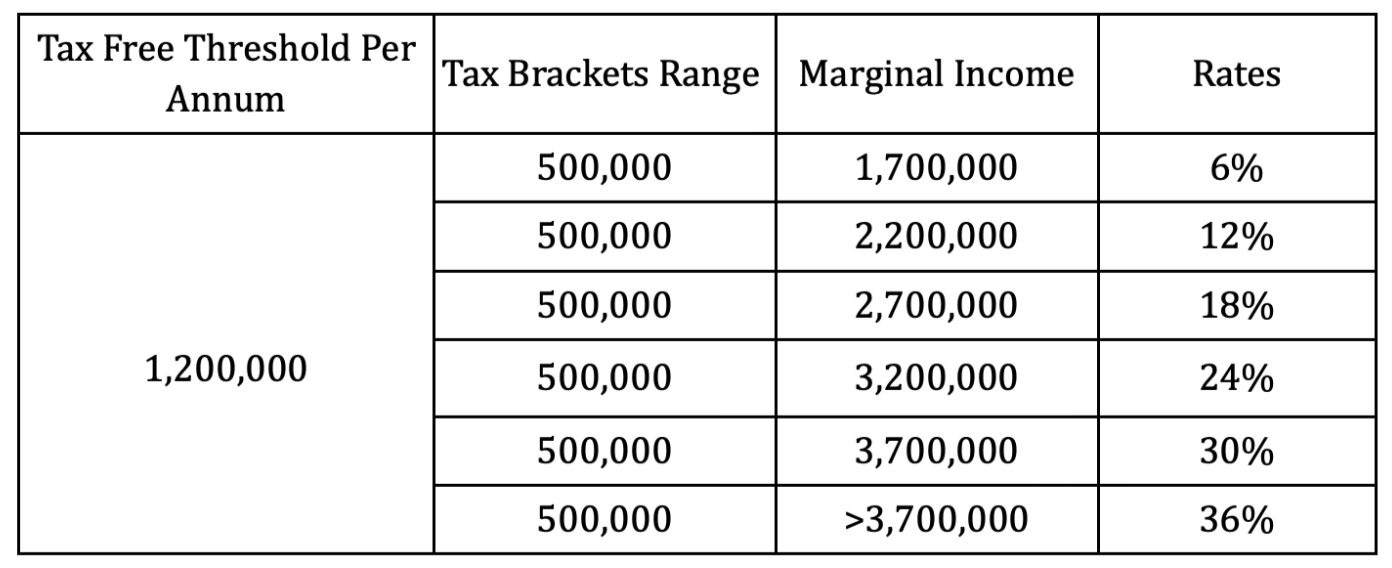By Dhananath Fernando
Originally appeared on the Morning
The Government has decided to extend the suspension of parate law until 31 March 2025, aiming to support Micro, Small, and Medium-sized Enterprises (MSMEs) as they recover from the setbacks of the economic crisis.
Parate execution is a Roman-Dutch law that allows Licensed Commercial Banks (LCBs) to sell mortgaged property kept as collateral. The term ‘parate’ originates from Dutch and means ‘immediate’.
Under the Recovery of Loans by Banks (Special Provisions) Act No.4 of 1990, parate execution empowers banks to recover unpaid debts by selling assets without undergoing judicial processes.
The previous Government introduced the suspension and the current Government appears to be continuing the policy without fully recognising the potential harm it could cause to the MSME sector. While the suspension has been extended until March 2025, there is a high likelihood of further extensions being requested in subsequent months.
Data accessed up to November 2023 indicates that only 557 parate cases were executed in 2023 (although the MSME Chamber claims the actual figure is 1,140 cases). The total value of these executions was Rs. 38 billion, which represents just 0.4% of total loans and only 2.7% of total bad loans. Even if the number of cases were doubled, the overall value remains insignificant.
Based on these statistics, it is evident that the suspension of parate execution does little to support MSMEs, as the affected segment represents a very small portion of the sector.
MSMEs are the backbone of Sri Lanka’s economy, constituting 99% of business establishments and contributing to 75% of employment. Supporting MSMEs requires broader initiatives beyond suspending parate execution, which is essential for safeguarding depositors’ funds in the current financial framework.
Banks primarily lend using depositors’ money. Therefore, when loans go unpaid, banks face significant challenges in recovering funds to repay depositors. Parate execution has historically served as a legal safety mechanism for banks, albeit not an ideal solution.
On the flip side, when parate execution is suspended, it discourages the majority of borrowers who struggle to repay their loans on time. These borrowers, who represent the largest segment of customers, may question why they should meet their obligations when a smaller group is granted exemptions.
This creates a moral hazard and could encourage new loan applicants to skip payments, knowing the repercussions for non-payment are minimal.
Furthermore, if depositors perceive that banks lack sufficient legal provisions to ensure the security of their funds, they may seek alternative channels for their savings and become increasingly reluctant to deposit money in banks. This could destabilise the financial system over time.
In the absence of parate execution, banks may take precautionary measures, such as tightening lending criteria, raising interest rates for riskier sectors, and prioritising lending to existing or prime customers.
These steps could harm new entrants to the MSME sector, limiting their access to credit or burdening them with high interest rates, which reduces their competitiveness and stifles economic growth.
The Central Bank of Sri Lanka’s Financial Stability Review for 2024 highlights that while Non-Performing Loans (NPLs) are declining, the rate remains high at over 13% as of Q2 2024, with more than Rs. 1,200 billion classified as non-performing.
Although the tourism sector is booming, industries like transportation and manufacturing continue to report significantly higher NPL ratios than the industry average.
In the long term, the Government needs to prioritise the introduction of bankruptcy laws, enabling struggling businesses to efficiently settle liabilities and pivot to new ventures without undue delays. Such a framework would balance the interests of borrowers, banks, and depositors more effectively.
The continuation of the suspension of parate execution risks undermining the banking sector, endangering depositors’ funds, and harming MSMEs by fostering higher interest rates and restricted access to credit.
It is time for policymakers to consider alternatives that promote sustainable economic recovery while maintaining financial stability
Graph 1
Economic sectors with high NPL ratios
Graph 2 -
NPL ratio












